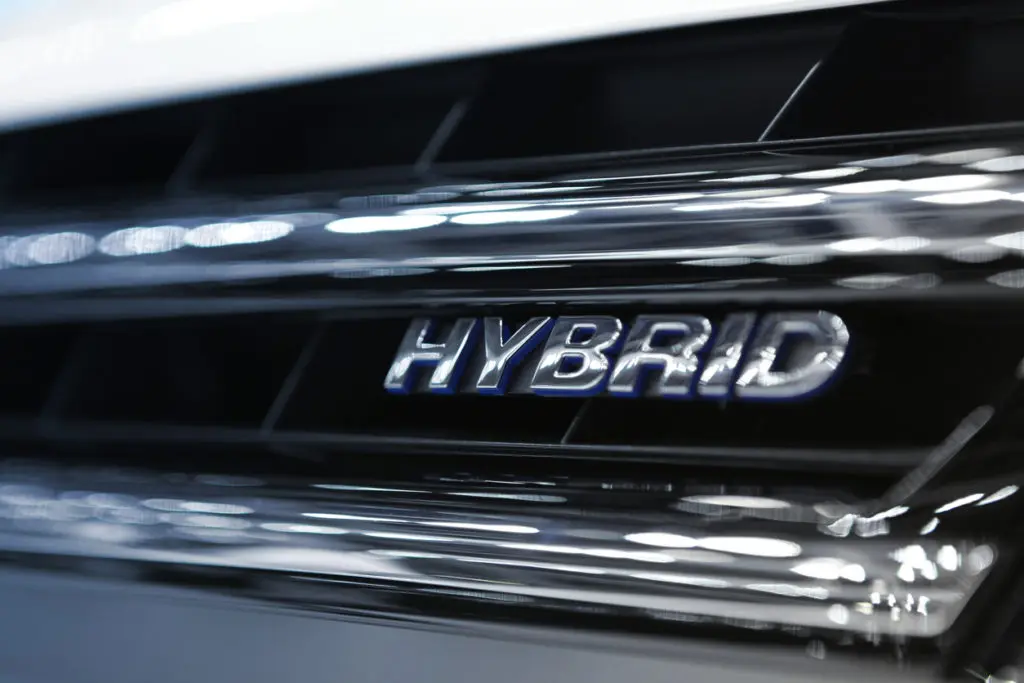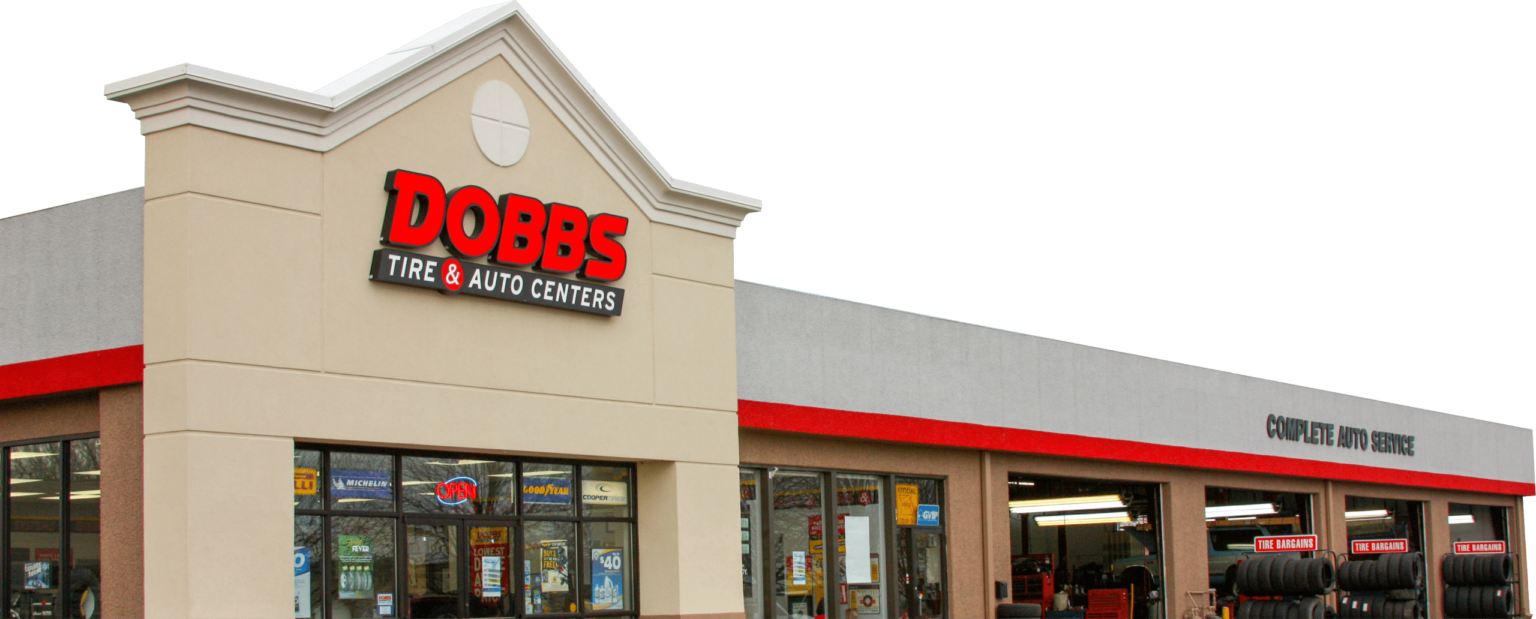A Short Hybrid Cars Primer
In modern times, usually the word “hybrid” immediately calls to mind vehicles like “Prius” and “Volt,” but the history of hybrid cars goes much further back, and the breadth of hybrid electric vehicles (HEV) is certainly much wider! Today, we’re looking at hybrid cars, what they are, how they compare to regular cars, and how to drive them.
What is a Hybrid Car?
Porsche is well-known for building performance cars, but not so well-known for hybrid cars. In 1898, Dr. Ferdinand Porsche built the first hybrid car on the planet, which helps us define exactly what a “hybrid car” is. On “conventional” cars, the wheels get all their power from the internal combustion engine (ICE), via the transmission. On “hybrid” cars, the wheels can get their power from “something else,” which could be electricity, hydrogen, even compressed air.
In the case of the Lohner-Porsche Mixte Hybrid, there was no direct connection between the ICE and the wheels. Instead, the ICE powered a generator, the generator charged a battery pack, and the battery pack powered electric motors in the wheels. Today, this would be referred to as a “series” hybrid car. Chevy Volt and Cadillac ELR are modern series-hybrids.
“Parallel hybrids” differ from series hybrids in that they typically feature an electric-drive “add-on” to the conventional ICE and transmission powertrain. The wheels mainly get their power from the ICE, but the MGs can add additional motive force when needed. Chevy Malibu Hybrid and Honda Accord Hybrid are parallel hybrids.
On “series-parallel-hybrid” or “power-split hybrid” cars, the wheels can get their power from either the ICE or motor-generators (MG) or both, depending on the circumstances. On light acceleration, if the battery is charged sufficiently, the MG might be enough to drive the car. If the battery needs charging, the ICE will run an MG to charge the battery and provide power to the other MG, powering the wheels. On hard acceleration, both the ICE and MG would both power the wheels. Toyota Prius and BMW X6 ActiveHybrid are series-parallel hybrids.
More recently, “plug-in hybrid electric vehicles” (PHEV) have made it possible to travel more miles on electricity alone. Incorporating a larger high-voltage battery pack enabled more electric-only range. Once that range is used up, the ICE kicks in to generate electricity and motive power. To fully-charge the batteries, restoring electric-only range, drivers “plug in” to electric vehicle charging stations or to a typical household outlet. Porsche Panamera S E-Hybrid and Chevy Volt are plug-in hybrids, though Chevrolet refers to the Volt as an “extended-range electric vehicle.”
How Do You Drive a Hybrid Car?
From the point of view of the driver, hybrid cars “work” like any other car, although the driving experience differs slightly. On parallel hybrids, you’ll still feel shifting on acceleration, but most other hybrids will simply accelerate with no shift “feel.” Refueling is the same as conventional cars, though you’ll probably notice visiting the gas station less often. You won’t notice much difference in braking, but regenerative braking slows your hybrid effectively, recharging the battery and saving your brake pads. Plug-in hybrids can save even more money on fuel, because plugging in overnight to charge is cheaper and usually cleaner.
Each hybrid type has its strengths and weaknesses. Parallel hybrids offer a more conventional driving experience, and usually better performance, but they do so at the expense of fuel economy. True, they get better city fuel economy than their conventional cousins, but not as much fuel economy as series-parallel hybrids on the highway. Series-parallel hybrids typically offer better fuel economy, both city and highway driving, but at the expense of driving performance. These don’t perform like big-engine parallel hybrids, but then they aren’t designed to.
This isn’t a hard rule, however, performance and fuel economy depending on make and model. Realizing that hybrid technology can be tuned for performance, some automakers are turning the “Prius” conception of hybrids on its head. One ride in a hybrid Porsche or McLaren could easily convince anyone to make the switch!
Taking Care of Hybrid Cars
Keeping your hybrid car healthy is the key to maintaining its performance and efficiency characteristics. Fortunately, maintaining your hybrid is not much different than any other vehicle. Regular engine oil changes and other engine maintenance steps will keep the ICE functioning at peak efficiency. Regular tire rotations will extend the life of your tires, and proper tire pressure will reduce drag – we suggest checking and adjusting weekly. When it’s time to get new tires, LRR (low rolling-resistance) tires reduce drag and improve fuel economy.
Hybrid vehicle systems require special attention. Pay attention to fluid leaks, especially coolant, which is critical for maintaining temperature on some hybrid electric motors, power controllers, and battery packs. Some hybrids use air-cooled batteries, with cabin vents supplying the cooling air – keep these vents clear of obstructions.
As with all vehicle problems, prompt diagnosis and repairs can save you time and money in the long run. The check engine light should be diagnosed and repaired as soon as possible, particularly if it is related to the hybrid system. Be sure to have it checked by a professional, and don’t count on “Google said this” or “my brother says ignore it.” Delaying repairs could cost you more in increased refueling costs and collateral damage to expensive hybrid components.
Finally, no matter what vehicle you drive, good driving habits are proven to maintain fuel economy and improve vehicle lifespan. Accelerate and decelerate moderately, maintain safe driving distance, and do your best to anticipate other drivers. Stay within the speed limits and don’t drive aggressively. All these things will keep your hybrid car running for far longer, and more economically.
Dobbs Tire & Auto Centers is Here to Help
For over forty years, Dobbs Tire & Auto Centers has been serving the St. Louis area’s automobile repair needs. From oil changes, tires, and brakes, to drivability and hybrid system diagnosis and repair, our ASE Certified service technicians have the tools and experience to keep your hybrid car running like new. Call or stop in one of our 43 locations across the St. Louis area and let’s see how we can help you.

